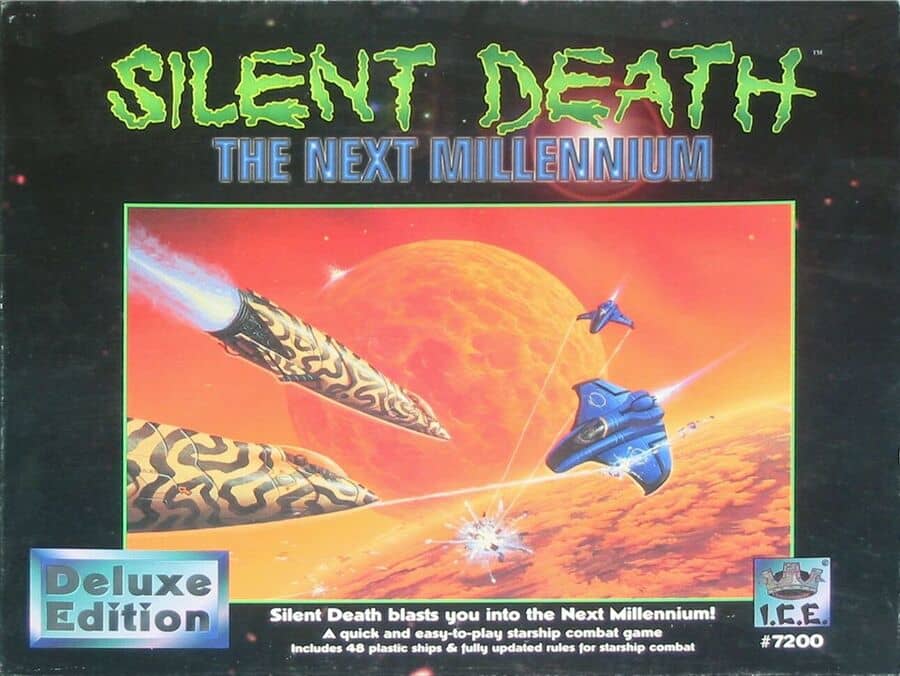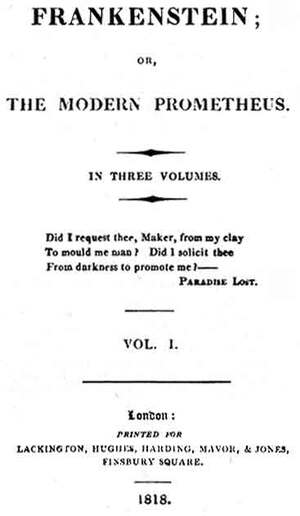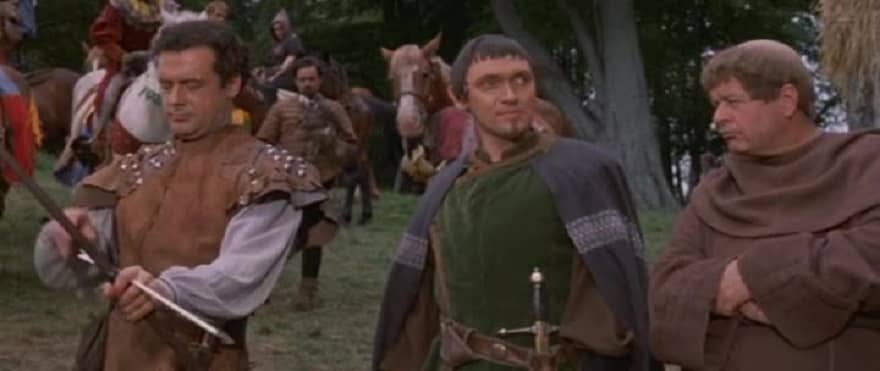A Work of Pure, Violent, Self-Sufficient Imagination: Titus Groan by Mervyn Peake

Mervyn Peake‘s 1946 novel, Titus Groan, was intended as the first in a series that would follow the life of Titus Groan, Seventy-seventh Earl of Gormenghast, a vast, city-like castle set in a land of indeterminate latitude and longitude. Unfortunately, Peake was afflicted with what is believed to have been Parkinson’s Disease, and so finished only two other volumes, Gormenghast (1950) and Titus Alone (1959), and a novella, Boy in Darkness (1956). He succumbed to his illness in 1968, leaving only a few paragraphs and ideas for proposed future volumes. From those elements, his wife, Maeve Gilmore, completed a final book, Titus Awakes, which wasn’t published until 2009. By his son Sebastian’s account, it isn’t really a continuation of the series, but an attempt by Gilmore to address the loss of Peake.
Graham Greene helped edit Titus Groan into publishable form. Elizabeth Bowen and Anthony Burgess both thought highly of the book and Harold Bloom considered the Gormenghast trilogy the most accomplished fantasy work of the twentieth century. Michael Moorcock, a friend of Peake’s, has written several times about Peake’s artistry, and his own novel, Glorianna, is dedicated to Peake. Despite the support of so many writers, the books weren’t published for a second time until the late sixties by Penguin, and then as part of Lin Carter’s Ballantine Adult Fantasy line.
A satire of manners and a critique of blind adherence to dead tradition, despite having few clear fantastic elements it is easily one of the great literary works of fantasy. It might not match the success of The Lord of the Rings, but in its richness of imagination it does, and outpaces it in the depth and human variety of its characters.
Titus Groan opens on the day of the birth of its titular character and ends a year later when he is made Earl of Gormenghast. The story, while it revolves around his birth and accession, is not his, but that of several other characters, primarily Steerpike, a kitchen boy intent on forcing his way upward to a position of power in the castle.

Escaping the horrid Great Kitchen ruled by the even more horrid cook, Abiatha Swelter, Steerpike quickly realizes that the weight of Gormenghast’s customs and codes cannot be overcome, but might be subverted to his aims. Slowly, by charisma, guile, and plotting, he begins to do so. Subversion, arson, and murder are all relentlessly and remorselessly employed toward his ends.
Simultaneous to Steerpike’s ascent, Mr. Flay, servant to the current Earl, Lord Sepulchrave, is engaged in a war of wills with the cook, Swelter. Though the conflict plays out outside of everyone else’s observation, its conclusion has great ramifications in the second book.
Like a Dickens novel, the book is filled with numerous digressions and tangential side plots as well as a large assortment of minor characters. On their own, each may seem to do little to further Titus Groan‘s larger story, but taken together they deepen and enrich everything else in the novel.
Titus Groan is one of the great achievements of literary worldbuilding. Peake spent his childhood in China, the son of British missionaries. The segregated community he grew up in, as well as the model of the Forbidden City of the Chinese emperor, itself ruled by tradition and ritual, must have informed his conception of Gormenghast. From those raw elements, Peake created a world that is vast yet strictly confined, and limited by more than just walls.






